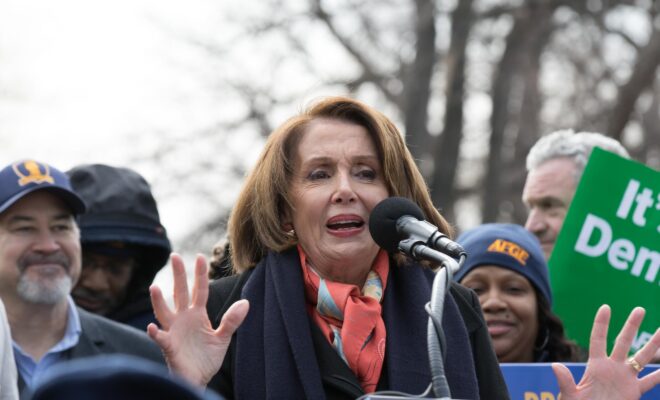One of the great mysteries in official Washington is when the dreaded, feared and not very good “X date” arrives.
What is the ‘X Date?” That's the day when the U.S. Treasury runs out of tricks, and money, to pay Uncle Sam's bills. The result: an old-fashioned, third-world default on the national debt. The consequences of such a default are enormous, and naturally, most members of the political class want to avoid it at all costs.
But these same pols also enjoy their version of a game of chicken and so will drag out the discussions over raising the debt ceiling and what strings may possibly be attached to such a move right up to the last possible moment.
But no one knows when that moment is. As we've noted in this space before, the “X date” could be in mid-June, when quarterly taxes are due. Or it could be at the end of July. Or perhaps it's sometime in August…when Congress is out of session.
It would all be simpler were adults, rather than squabbling gangs, in charge at both ends of Pennsylvania Avenue. But we work with what little we've got…which may help explain why some in the financial markets are beginning to contemplate – and plan for – the possibility of a government default. And even if such a calamity is avoided, a replay of the same corrosive brinksmanship is all but guaranteed.
As Fitch Ratings noted:
Repeated near-default episodes brought on by debt limit debates could erode confidence that the US government's repayment capacity is resilient to political dysfunction and may affect Fitch's view of the sovereign credit profile.
In other words, the debt ceiling fights that have become a familiar part of the DC landscape are harmful. Perhaps not today or next year. But markets will eventually tire of the games of chicken and look elsewhere for stable returns.
And we will be left with both a dysfunctional process for handling our debt and an even worse political culture that created the mess in the first place. As Cato's David Boaz wrote back in 2021:
The real dysfunction is a federal budget that doubled in 10 years, unprecedented deficits as far as the eye can see, and a national debt (more accurately, gross federal debt) yet again bursting through its statutory limit of $28.4 trillion and soaring past 120 percent of GDP, a level previously reached only during World War II.
We've become so used to these unfathomable levels of deficits and debt—and to the once‐rare concept of trillions of dollars—that we forget how new all this debt is. In 1981, after 190 years of federal spending, the national debt was “only” $1 trillion. Now, just 40 years later, it's more than $28 trillion.
Interesting/depressing fact: Since Boaz wrote this, the national debt now exceeds $31 trillion.
The opinions expressed in this article are those of the author and do not necessarily reflect the positions of American Liberty News.
READ NEXT: Fox Sends Cease-And-Desist Letter Over Leaked Tucker Carlson Footage































The Republican Party is doing no such thing. In the House, it has approved a bill to increase the debt ceiling, contingent of bringing some sanity to bloated domestic spending. It is the Democrats that are holding the Country hostage and proposing NOTHING to bring spending under control.
The damn DC RNC DNC Estd day 1